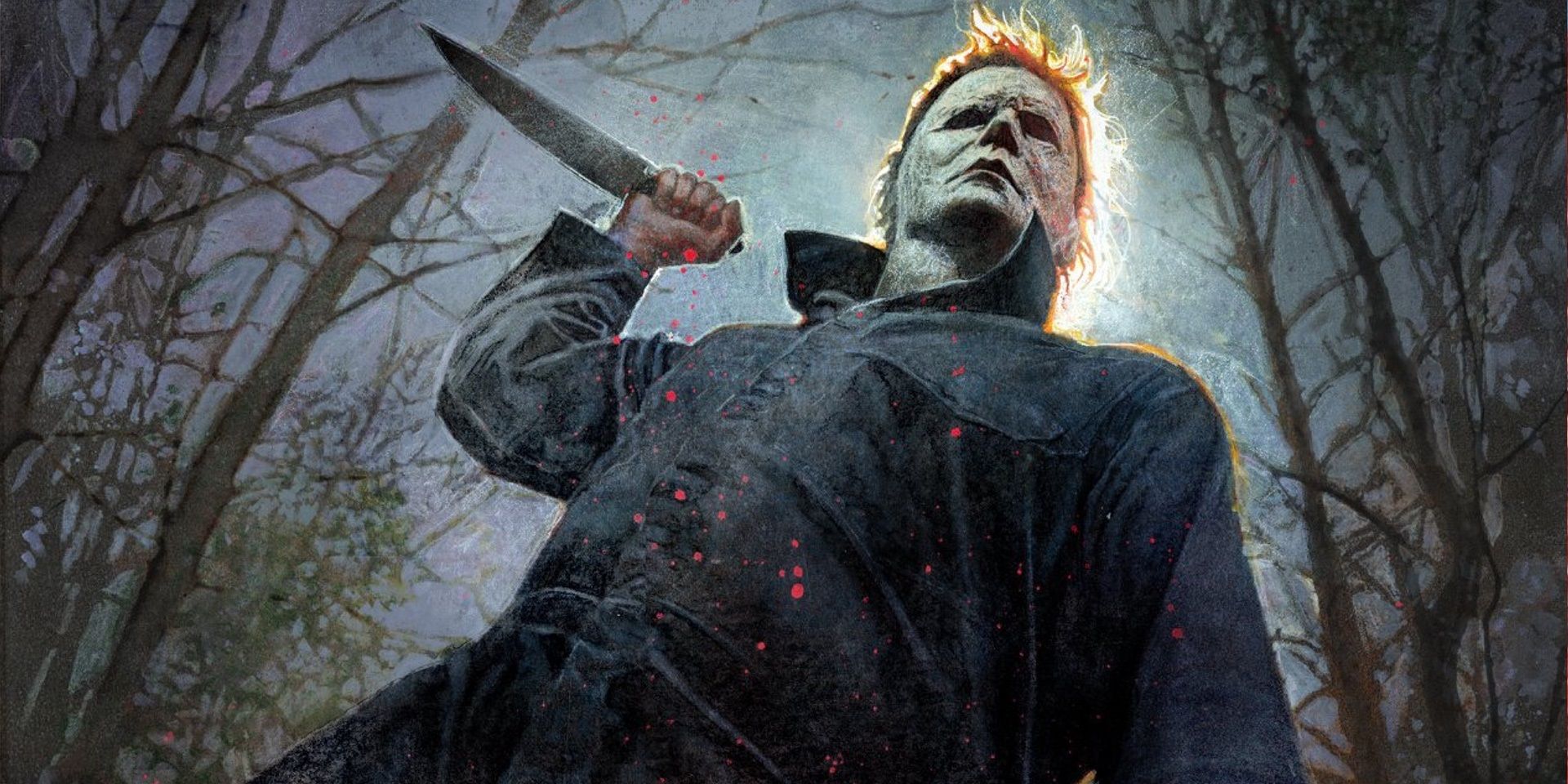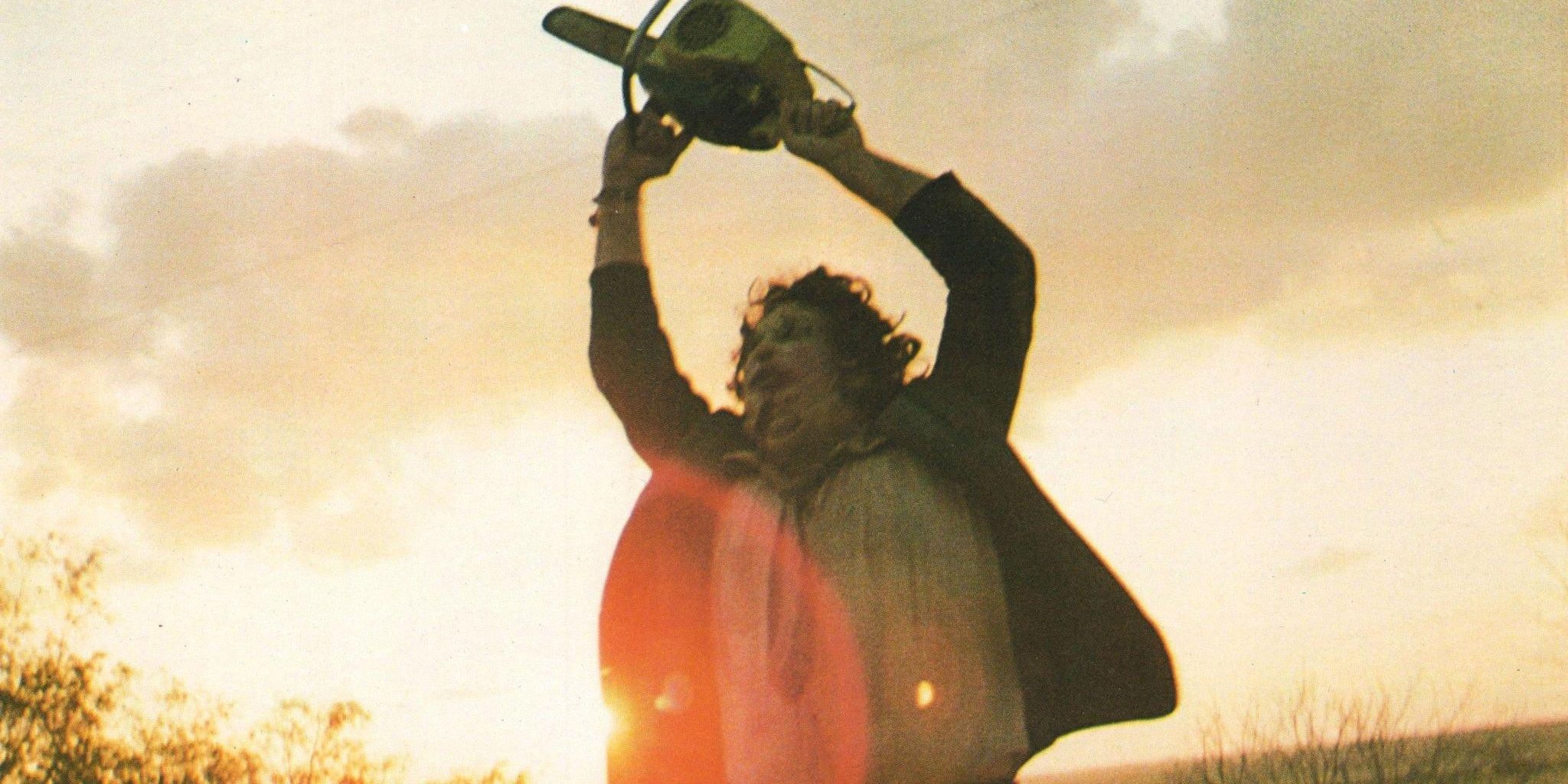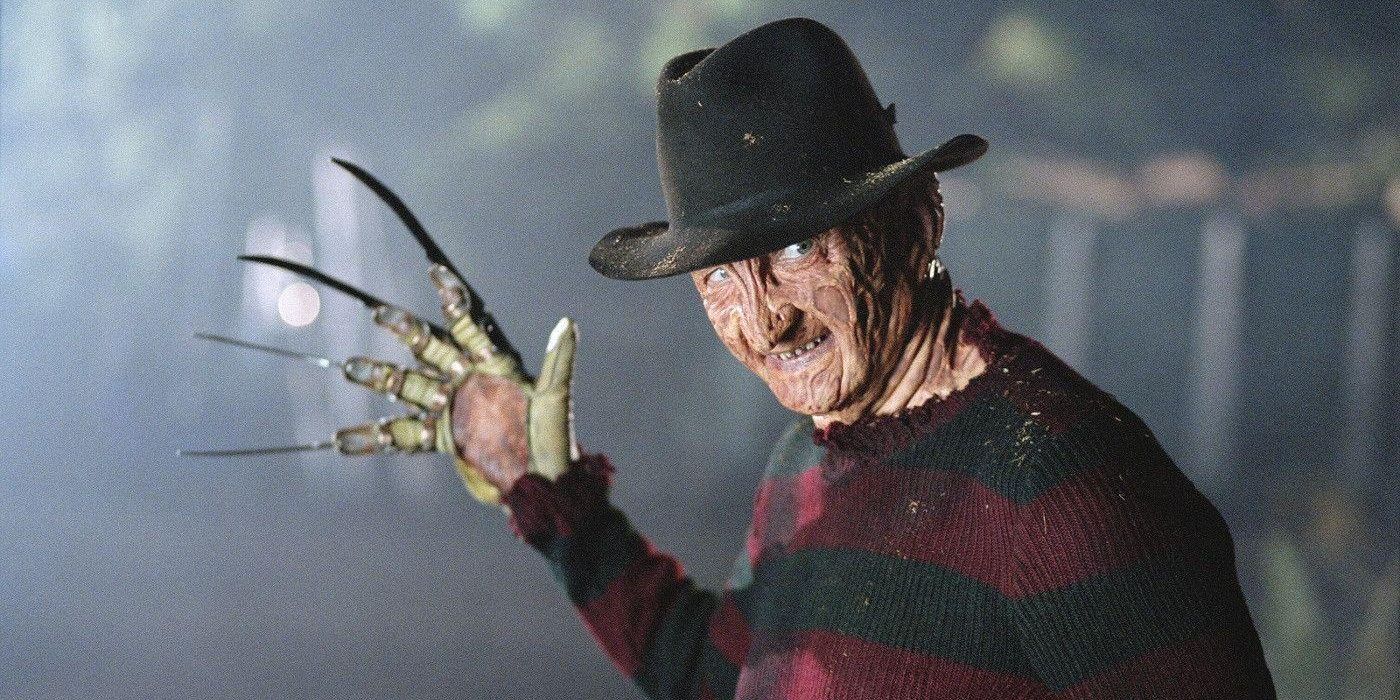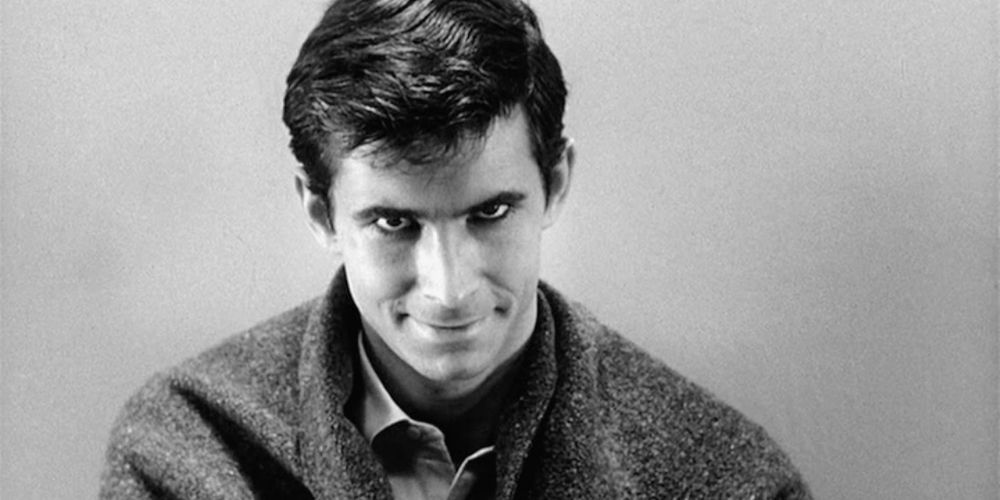While the slasher can be traced back to any number of early blood-soaked masterpieces – Psycho, Peeping Tom, Blood and Black Lace etc. – this fun but formulaic subgenre of horror cinema really took over Hollywood after John Carpenter’s Halloween presented an easily imitable blueprint for a successful low-budget horror film.
After the success of Halloween, horror filmmakers all over the world got to work on scripts revolving around a series of graphic murders, a group of teenagers who could be played by unknown actors, and – most importantly – a memorable villain who could anchor a franchise by continuing to stalk unsuspecting teens across an endless string of sequels.
This trend led to the introduction of some of the most iconic villains in the horror genre, from Jason Voorhees to Freddy Krueger to Candyman to Chucky to Jigsaw. Unfortunately, as these well-trodden franchises continue to dominate the slasher genre, it’s been years since a new killer joined the club. Even the most memorable baddies from recent slashers, like Art the Clown from the Terrifier series and the baby-faced butcher from Happy Death Day, are nowhere near the same league as Norman Bates or Pinhead or Billy from Black Christmas. The last slasher villain to be introduced to the big screen who ranks alongside icons like Michael Myers and Leatherface is the Ghostface killer, who debuted 25 years ago in Scream – and he was conceived as a satirical jab at iconic slasher villains.
David Gordon Green is helming back-to-back sequels to his 2018 Halloween reboot and Fede Álvarez is producing a new Texas Chainsaw sequel that will feature “old man Leatherface.” While these sound like fun prospects, legendary villains like “The Shape” and everyone’s favorite chainsaw-wielding cannibal will never be as scary in a new movie as they were in their original appearances decades ago. It’s been years since an original slasher movie introduced a new iconic villain, and it’s about time another one came along, because the slasher genre is sadly dying (as are original movies in general).
The 2018 Halloween reboot was met with critical praise for recapturing the spirit of the 1978 original, but it still pales in comparison to John Carpenter’s groundbreaking masterpiece and ultimately fails to bring anything new to the table. There was a promising twist at the midpoint when Michael seemingly died and Dr. Sartain put on his mask. This radical dynamic shift seemed to suggest that “The Shape” is a paranormal entity getting passed from person to person, fueling a desire to kill. And then, within moments, the movie undid this exciting setup as Michael came back to life, head-stomped Sartain, reclaimed his mask, and charged into the predictable finale.
Even at their very best, these reboot-quels are held back by their beloved source material. Making a new entry in an age-old slasher series is difficult, because the sense of terror relies on the narrative taking big swings like the original Halloween’s opening flashback introducing a six-year-old murderer or the original Friday the 13th revealing the killer to be Jason’s mother, but the fear of disappointing fans who have held a given franchise close to their hearts for decades prevents the filmmakers from taking big swings in these movies.
The age of Marvel presents an opportunity for a horror director to plan a multi-part slasher franchise from the beginning. After John Carpenter laid out a blueprint for a profitable horror hit that could be easily copied on a low budget, slasher franchises started popping up everywhere. But aside from leaving the door open for sequels in the first movie, these franchises weren’t planned from the beginning. There was no Kevin Feige type who envisioned the serial-killing careers of Freddy Krueger and Jason Voorhees in advance – they just made one movie at a time, and as a result, they’re all painfully repetitive.
The success of the John Wick series has proven that, in the current blockbuster climate, even an ultraviolent, hard-R grindhouse thrill-ride drawn from an original script can launch a lucrative franchise to rival superheroes and animated animals. The way to save the slasher genre from disappearing into the bargain bin of horror cinema isn’t making the reboots and sequels better; it’s leaving the reboots and sequels behind altogether and telling exciting new stories about exciting new killers.
Writing a great original slasher is easier said than done, because they all have to adhere to a rigid story structure: a group of characters are picked off one by one by a mysterious killer until one of them manages to thwart the villain and escape. Not every slasher adheres to this formula, but most of them do. The last survivor is usually a girl who abstained from sex and drugs and the villain usually doesn’t die so they can return in sequels. So, there’s not much room for innovation.
But the fact that slashers stick to such a simplistic but effective blueprint creates plenty of opportunities to get creative. Filmmakers can mix in another genre, like Quentin Tarantino did with his underappreciated slasher-meets-carsploitation gem Death Proof, or have fun subverting the best-known slasher tropes, like the meta antics of Scream or the gruesome accidents and unfortunate timing of Tucker & Dale vs. Evil.
It might just be that there’s only so many ways to spin the slasher formula and all the best ideas have already been done, so we’ll never have another unforgettable slasher villain on the same level as Leatherface or Jigsaw. But that would be a real shame. The slasher is one of the most fun horror subgenres, and while it does adhere to a clear-cut formula, that formula is flexible.




